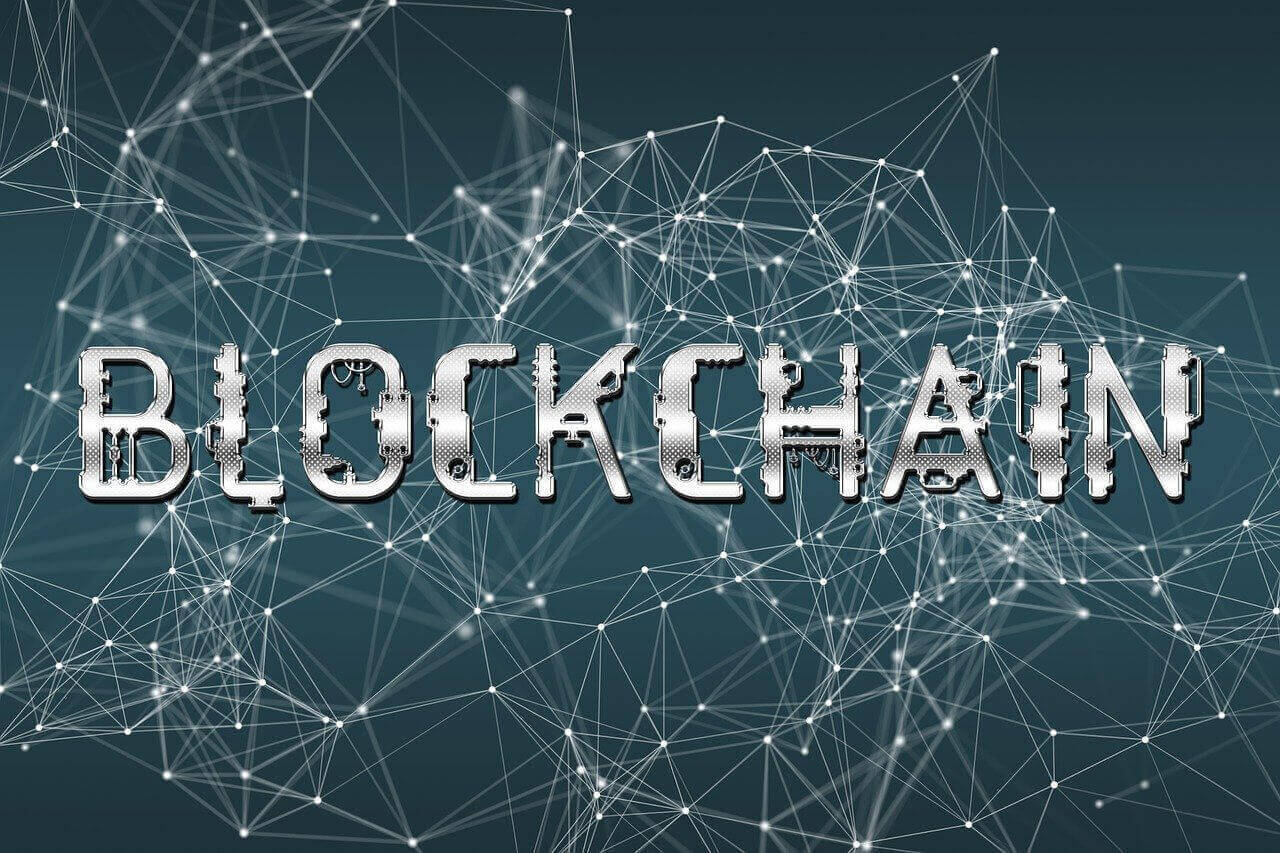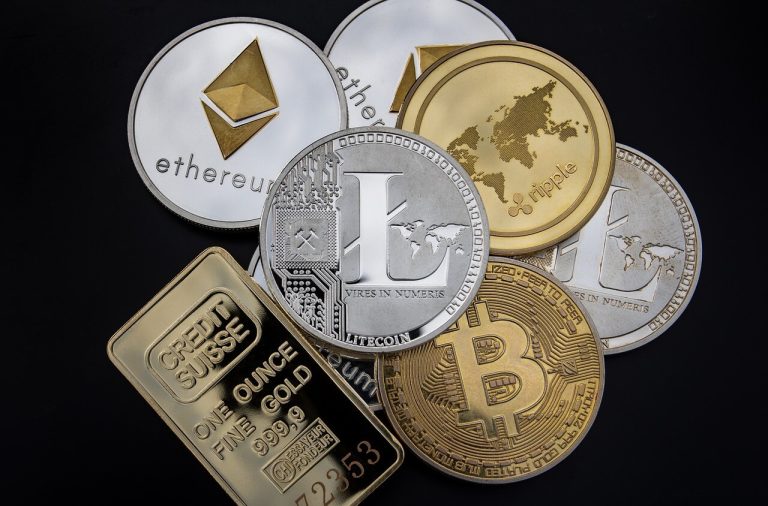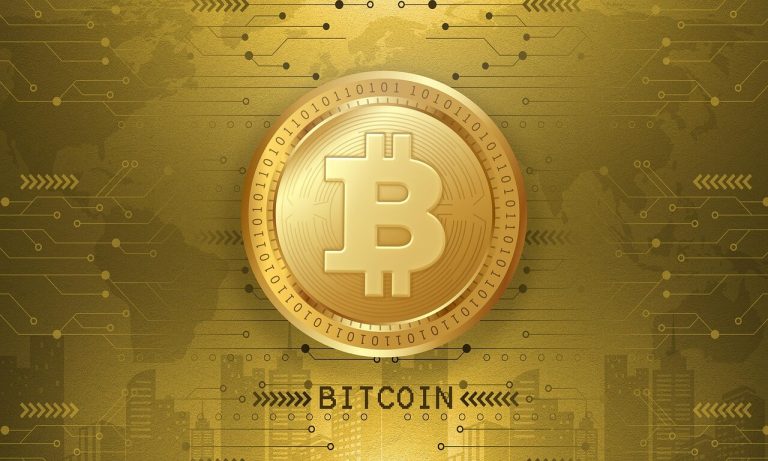Top 7 Eco-Friendly Blockchain Platforms in 2025
Top 7 eco-friendly blockchain platforms in 2025 combining innovation with sustainability. Find out which platforms leads the way.
Interest in blockchain is growing fast as businesses see the potential to simplify financial transactions. Many industries are looking into it, which has already proven its value in the fintech sector.
Blockchain is used for more than just Bitcoin now. It’s being used in healthcare, supply chain management, logistics and other industries. It is designed to be transparent and efficient as it’s changing traditional business processes.
As more companies start to look into developing blockchain solutions the demand is growing. Established companies are investing big and new players are entering the field in large numbers.
READ ALSO: How to Buy Bitcoin and Other Cryptocurrencies [Scam Free Tips]
READ ALSO: Crypto Staking: What It Is and How to Earn Passive Income
What is a Blockchain Platform?
A blockchain platform is a tool that helps developers to build applications on blockchain technology.
For example, if you wanted to create a cryptocurrency trading app you’d have complex backend processes and other blockchain development hurdles. Blockchain platforms handle those technical and lengthy processes for you.
They can be permissioned (restricted access) or permissionless (open to all). Popular ones like Ethereum and Ripple e.t.c provide frameworks for developers to build and host blockchain based applications easily.
What is Blockchain?
Blockchain is a digital ledger that powers cryptocurrencies like Bitcoin, Ethereum e.t.c.
It’s a chain of blocks, each with a secure and unchangeable record of transactions. Once information is added to the blockchain it can’t be edited or deleted, so it’s a great solution for secure digital interactions.
Merits of Blockchain Platforms
- Security:
It uses cryptography to protect data which can’t be altered or hacked.
- Transparency:
Transactions are visible to authorized parties and by virtue of that it is promoting accountability.
- Decentralization:
It has no central control, less risk of failure and increase system resilience. Immutability: Data once recorded can’t be changed, this ensure reliable history.
- Cost Efficiency:
No intermediaries, cheaper and faster transactions.
- Fraud Prevention:
Tamper proof ledgers make fraud detection and prevention easier. Productivity: Automate, eliminate errors and enhances workflow with smart contracts.
- Data Control:
It empowers users to manage their data independently and securely.
- Global:
Accessible to anyone with internet access. Innovation: Encourages creative solutions from decentralized apps to secure voting systems.
- Tokenization:
It allow Creation and trading of digital assets by way of promoting investment opportunities.
- Data Integrity:
It ensures traceable and verifiable records especially in supply chains.
4 Types of Blockchain Platforms
Public Blockchain
A public blockchain is open to anyone with internet access. Participants can view, verify, and add to the network. Bitcoin is a popular example of this type, where users have full transparency and freedom to interact with the system.
Private Blockchain
Also known as a permissioned blockchain, this type is restricted to authorized users. Access requires approval from the network administrator and often involves digital verification. Examples include Ripple (XRP) and Hyperledger, widely used for secure and controlled environments.
Consortium Blockchain
This is a semi-decentralized network managed by multiple entities. It allows organizations to share and verify data collaboratively. Consortium blockchains are commonly used by governments, banks, and corporations. Notable examples include the Energy Web Foundation and IBM Food Trust.
Hybrid Blockchain
A hybrid blockchain blends public and private features. It gives businesses the flexibility to control access to sensitive data while making some information public. This model balances transparency with confidentiality by ensuring only authorized users see restricted details.
Top Blockchain Platforms You Should Know
1. Ethereum
Ethereum is a well-established blockchain platform supporting a variety of applications and digital assets. Its open-source design invites global developer contributions, making it a hub for innovation.
Features:
- Ether (ETH): Native cryptocurrency for transactions and operations.
- Smart Contracts: Self-executing agreements.
- Ethereum Virtual Machine (EVM): Facilitates user interaction and contract deployment.
- DApps & DAOs: Supports decentralized applications and autonomous organizations.
- Security: Cryptographic measures ensure secure, immutable transactions.
2. EOS
EOS focuses on simplifying blockchain development with tools that enable efficient creation of DApps and smart contracts. It uses a Delegated Proof-of-Stake (DPoS) system for secure, fast, and scalable transactions.
Features:
- Upgradable Smart Contracts: Flexibility for changes.
- Advanced Permissions: Customizable access settings.
- Parallel Processing: Faster and scalable transactions.
- Secure Access: Ensures safe user authentication.
- Forkless Upgrades: Simplifies platform enhancements.
3. TRON
TRON aims to decentralize the internet, especially in content sharing and streaming. It connects creators and users directly using blockchain technology.
Features:
- Decentralized Platform: Supports peer-to-peer sharing with TRX tokens.
- Smart Contracts: Enables app development with Solidity.
- High Speed: Processes 2,000 transactions per second.
- Fee-Free Transactions: Operates without transaction fees.
4. IBM Blockchain
IBM Blockchain offers enterprise grade solutions for businesses looking to integrate blockchain with existing systems. It allows precise control over components, trusted data sharing, and asset tracking.
Features:
- Enterprise-Grade: Kubernetes-based platform with Hyperledger Fabric.
- Smart Contracts: For product authentication and asset tokenization.
- Operational Control: Customizable network components.
- Immutability: Shared ledger ensures transparency.
5. Stellar
Stellar focuses on fast and low-cost cross-border payments. Developers use its platform for building financial tools like wallets and banking apps. Its open-source platform supports token exchanges, smart contracts, and financial integrations.
Features:
- Fast Transactions: Confirms within 3-5 seconds.
- Low Fees: Ideal for micropayments.
- Decentralized Exchange: Direct token swaps.
- Smart Contracts: Supports multi-signatures.
6. OpenChain
OpenChain is an open-source distributed ledger designed for businesses to manage digital assets efficiently. It ensures secure transactions through digital signatures and hierarchical account controls, making it ideal for managing digital assets.
Features:
- Instant Confirmations: No mining delays.
- No Fees: Zero transaction costs.
- Digital Signatures: Ensures secure transactions.
- Hierarchical Accounts: Customizable access levels.
7. Hyperledger Fabric
Hyperledger Fabric was Built by the Linux Foundation, it is a modular platform designed for private and secure blockchain deployments. It supports private transactions, customizable components, and secure membership services. Its smart contract functionality is flexible, catering to enterprise needs.
Features:
- Modularity: Plug-and-play architecture.
- Permissioned Network: Access restricted to authorized users.
- Custom Solutions: Flexible smart contract implementation.
- Privacy Channels: Enhances network confidentiality.
Frequently Asked Questions
How does a hash help secure blockchain technology?
A hash acts like a unique fingerprint for a block of data in the blockchain. It’s created using complex mathematical algorithms that turn the data into a distinct sequence of letters and numbers. Once a hash is generated, it’s nearly impossible to trace it back to the original data. This makes it a key tool for ensuring data integrity and security.
Since blockchain technology is public, how are the identities of users protected?
User identities are protected through cryptography and pseudonymous addresses. The blockchain is public, but personal details are hidden. Instead of names or sensitive information, users are represented by random strings of numbers and letters, keeping their identities private.
How does a block of data on a blockchain get locked?
A block is locked using cryptographic hash functions and consensus mechanisms. These tools validate and secure the transactions inside. When someone attempts to change the data, the hash changes too, making unauthorized edits impossible.
What do we call a cryptocurrency loan service implemented on a blockchain?
A blockchain-based cryptocurrency loan service is called a decentralized finance (DeFi) loan. These loans are managed on decentralized platforms using smart contracts. The process removes intermediaries, enabling direct peer-to-peer lending.
When was the first block of the bitcoin blockchain, known as the genesis block, mined?
The Bitcoin Genesis Block, known as Block 0, was mined by Satoshi Nakamoto on January 3, 2009. It’s the foundation of the Bitcoin network and includes a hidden message: “The Times 03/Jan/2009 Chancellor on brink of second bailout for banks.”
on what date was the first block of the ethereum blockchain mined?
Ethereum’s Genesis Block was mined on July 30, 2015, during the launch of its “Frontier” phase. This block included 8,893 transactions that distributed Ether to various addresses and awarded a block reward of 5 ETH.
When was blockchain technology first used in a government registry?
In 2016, the Republic of Georgia became the first government to use blockchain for a land registry system. This innovation improved transparency and trust in property transactions.
Conclusion
Eco-friendly blockchain platforms are leading the charge toward a more sustainable future in technology. These platforms showcase how blockchain can merge environmental care with high performance with their energy efficient designs and innovative features. The advancements in technology are setting new benchmarks for greener technology solutions




![Crypto Wallets: How to Recover Lost Wallets [Hidden Secrets]](https://finance360.ng/wp-content/uploads/2024/12/e-wallet-6368676_1280-768x591.png)
![How to buy Altcoins and Also Sell [Step By Step Guide]](https://finance360.ng/wp-content/uploads/2024/12/ethereum-6874608_1280-768x384.jpg)

